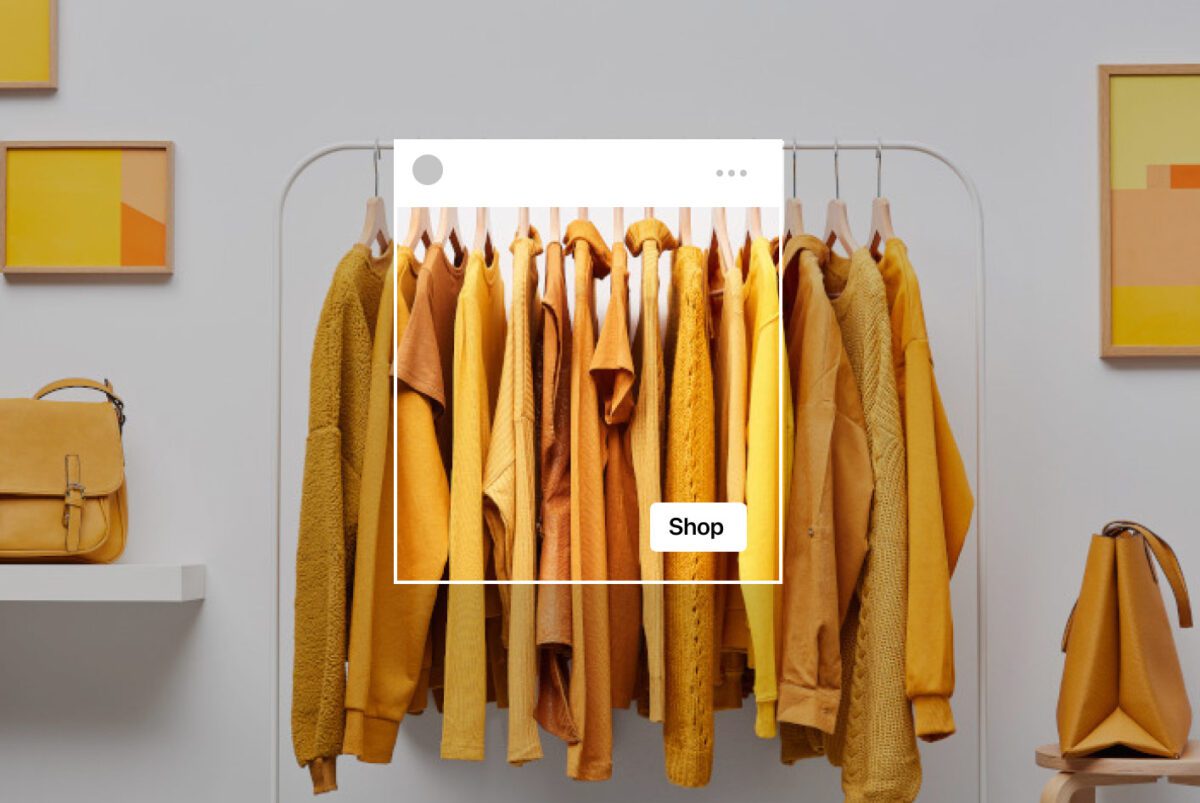If you sell a product or service, you’ve likely taken advantage of Meta’s shop and ecommerce capabilities. We’re also willing to bet you’ve been on the customer side of that interaction more than once—after all, you’re only human, and there’s only so much influencing you can take before you cave and buy that one special thing that will surely fix your lower back pain this time around! We’re all accustomed to this quick and seamless way to make purchases directly from our social media apps.

So if you saw Meta’s recent announcement about an update to their Shops and checkout process, you may have paused and thought: This sounds good, but is it actually? And how should I prepare? No need to worry: our conversion expert Viv is here to walk us through the change. Read on for a summary of her advice.
What’s changing?
Previously, when a customer purchased your product on Facebook or Instagram, Meta would process the sale through its own ecommerce platform. Starting this month, Meta will slowly phase out that native ecommerce experience and instead direct customers to sellers’ own websites for checkout. Essentially, Meta will no longer act as the middleman processing sales.
That’s a good thing, right?
In short, yes! This change will give you full control over the checkout experience. As Viv says, “This is huge, because you can now optimize the full sales funnel on your own site. Everything from payment methods and cross-sells to loyalty integrations are now available within the sales experience.”

Are there other benefits to this change?
Apart from giving you control over your customer’s full purchasing experience, this change also gives you an opportunity to fine-tune that experience through conversion testing and personalization.
As part of this change, Meta also announced that it will use smart routing to determine whether to send customers to your sales page or to your website. Matching each user’s experience with their intent will, if effective, reduce bounce rates and increase the likelihood of an eventual conversion.
How can I make sure my website is ready to a) handle this change and b) use it to my advantage?
“Website readiness is key,” Viv reports. “If your site has slower load times, complex checkouts, or poor mobile user experience, this change could hurt more than help. A seamless on-site experience will be critical here.”
According to Meta, this change will happen gradually over the summer and they expect to update most shops by August of this year. We recommend taking some time this month to quality-check your sales and checkout experience:
- What might slow customers down, when they were previously used to a smooth and fast checkout process on Meta?
- Are there ways you can simplify your process to reduce roadblocks?
Answering these questions will be key to making sure this change helps rather than hurts your bottom line.
You should also take inventory of your tracking and attribution metrics, something that’s always on Viv’s mind: “With users leaving Meta’s ecosystem, tracking and attribution may become more fragmented. Prepare by tightening UTM parameters, aligning with GA4 (Google Analytics), and exploring Meta’s conversion API.”

What’s the bottom line?
Overall, we’re excited about this change. Anything that gives you more control over the sales experience – and effectively your company’s brand experience – will be to your and your customer’s advantage. With the right preparation, you can make sure your site is ready and optimized for this new process.
If you don’t have a conversion expert on staff, we’re here to help. Reach out to get peace of mind that you’re ready for this shift. Or, just to tell us about the weirdest thing you’ve been influenced to buy—either way, we’d love to hear from you!